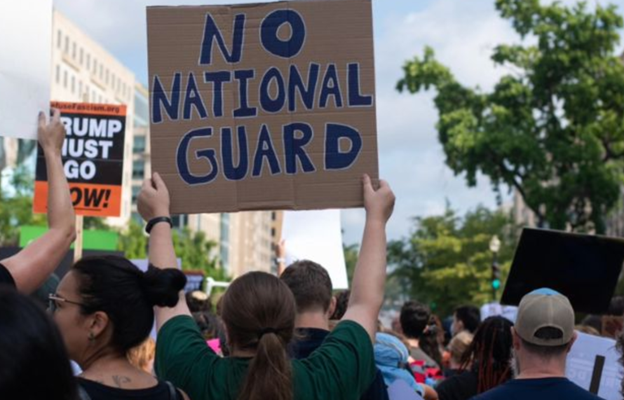Stop Martial Law In DC! No To MAGA Storm Troopers!
It’s hard to keep track of all of the Trump administration’s many violations of people’s rights. But there’s one that workers and oppressed people need to pay particular attention to: Trump’s deployment of National Guard troops to occupy the Black and migrant communities in Washington, D.C., and his attempt to take over policing in that city.
Why is this important? Because it is a test case for martial law in urban, working-class areas where a large portion of the population is people of color — the case in D.C. despite the recent drop in the percentage of Black residents. This represents an effort to further ethnically cleanse D.C. — while the U.S. funds the ethnic cleansing that Israel is committing in Gaza and the West Bank.















